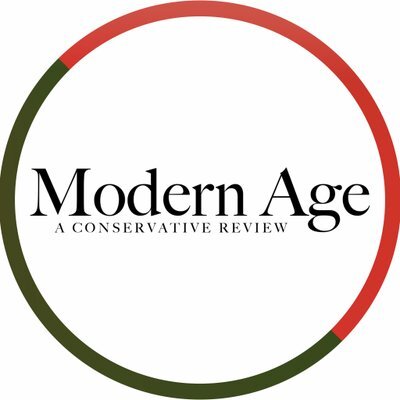The Enduring Solzhenitsyn
/Here is an appreciative review of Between Two Millstones, Book 2, that appeared at the University Bookman a few days ago. It approaches things from a rather different angle than previous reviews.
“There are countless takeaways from Book 2 of Between Two Millstones, as well as its predecessor. The set forms the intellectual autobiography of one of the truly great men of the twentieth century, a man whose absence in history would have resulted in much darker and more dire outcomes for all people of this good earth. As with the prophets of old, he was mocked and derided in his own time, and as with those prophets, the passage of time provides the greatest testimony to his importance. It is imperative to study men like Solzhenitsyn, to learn the lessons of their lives and life’s work lest we doom ourselves to tread those same lonely vales. We must remember them, that we may stoke the smoldering fires of our human potential.”




















